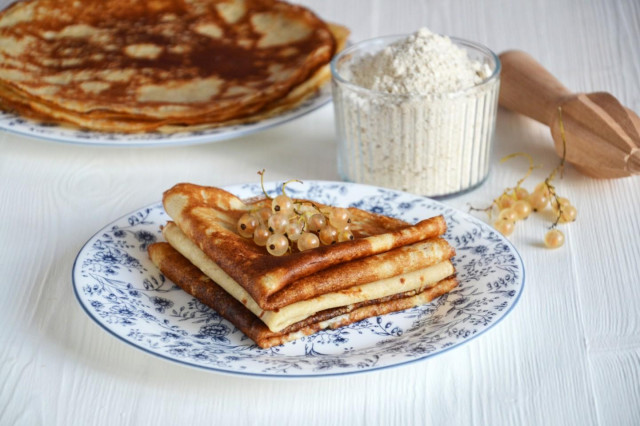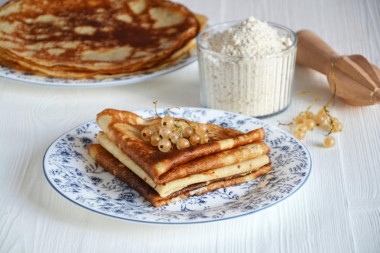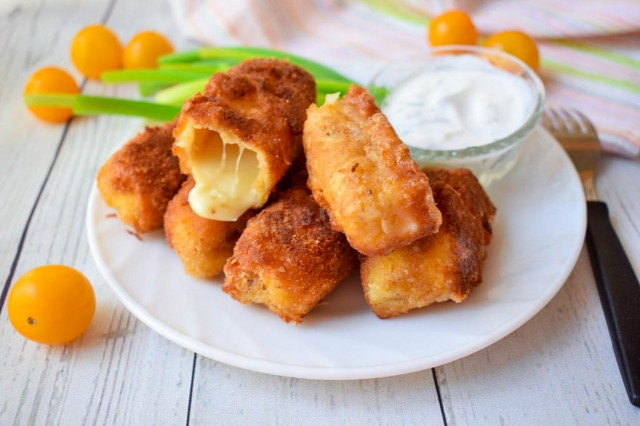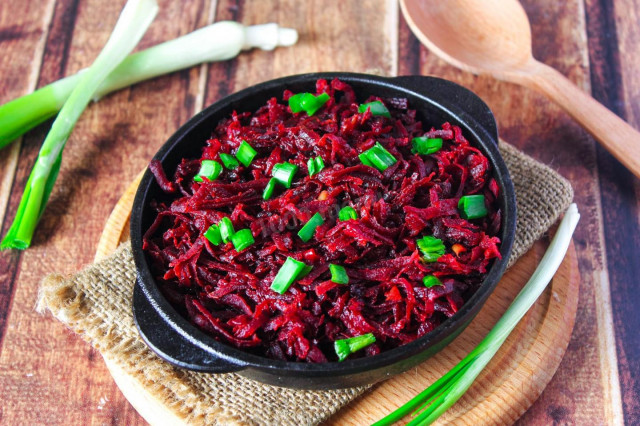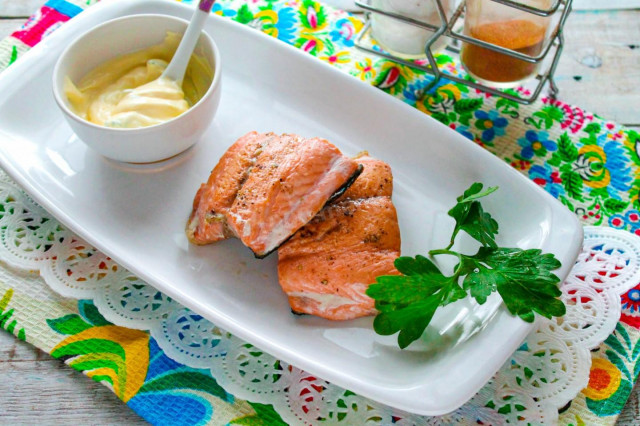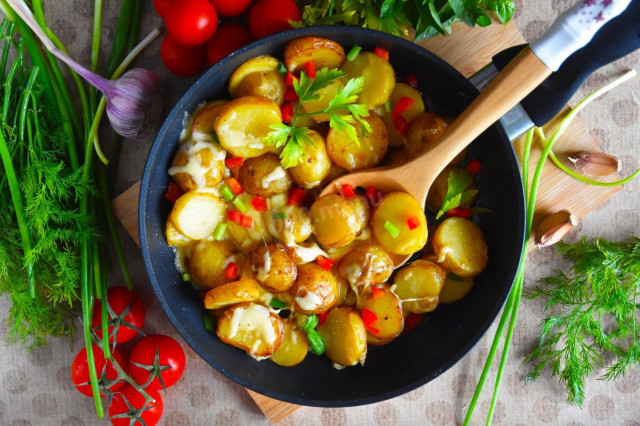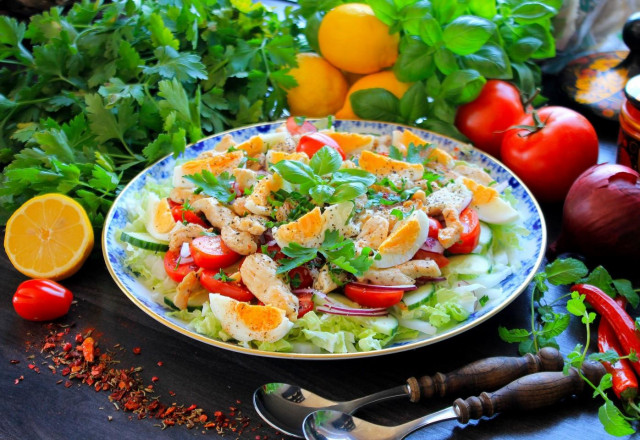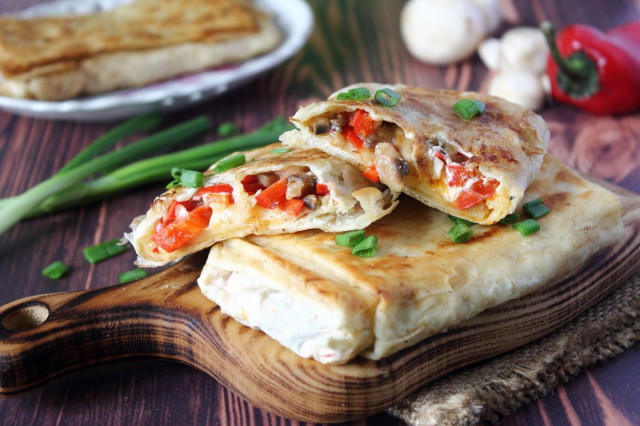Composition / ingredients
Step-by-step cooking
Step 1:
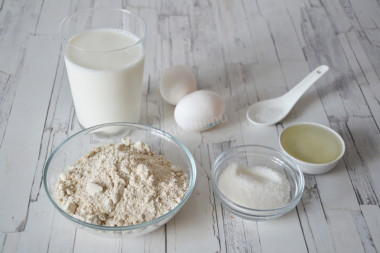
How to make pancakes from oatmeal with milk? Prepare the ingredients. It is desirable that all the ingredients are at room temperature, so it is better to take them out of the refrigerator in advance (1-2 hours). Take milk of any fat content, to your taste. Vegetable oil is also any. Wash the eggs and dry them with napkins.
Step 2:
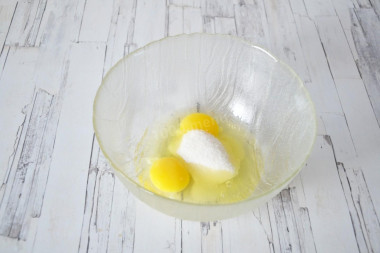
Combine raw eggs, sugar and salt in a deep bowl. Beat everything thoroughly with a mixer or whisk until a homogeneous fluffy mass is obtained.
Step 3:
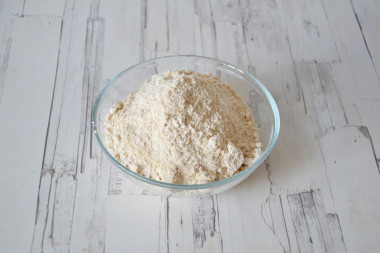
Sift the oatmeal flour. Firstly, there may be large particles in it, and secondly, during sifting, the flour is saturated with oxygen, which makes the baking more tender and airy.
Step 4:
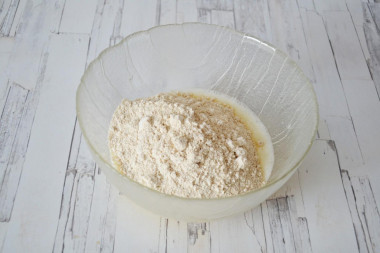
Pour the flour into the beaten eggs. Mix everything until smooth. A homogeneous thick mass should be obtained. Please note that you may take more or less flour than I do. Therefore, focus on the consistency of the dough.
Step 5:
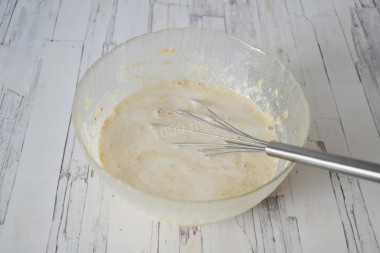
Pour a third of the milk into the dough and mix everything until smooth. Then add the remaining milk and mix again.
Step 6:
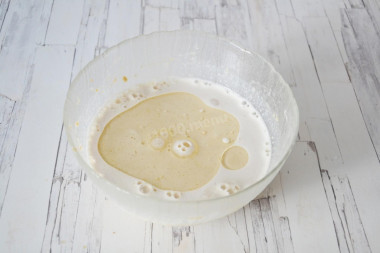
If milk is added gradually, there will be no lumps in the dough. Pour vegetable oil into the dough and mix with a whisk until smooth.
Step 7:
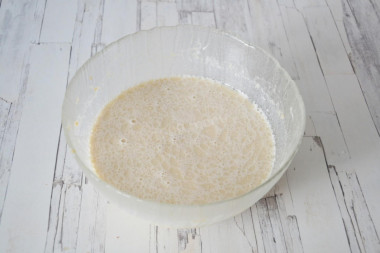
Leave the pancake batter to stand for about 10 minutes so that the gluten contained in the oatmeal swells. This will ensure the elasticity of the pancakes, they will not tear during flipping. Note that oat flour has several times less gluten than wheat flour. Therefore, baking such pancakes requires a certain skill! (see important explanations immediately after the recipe).
Step 8:
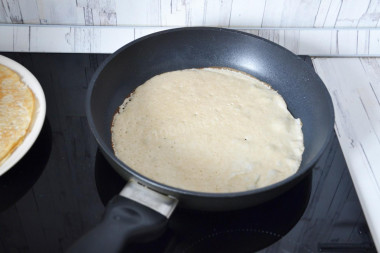
Heat the frying pan well and bake pancakes on it from both sides until golden brown. When baking the first pancake, lubricate the pan with vegetable oil. Then you do not need to do this.
Step 9:
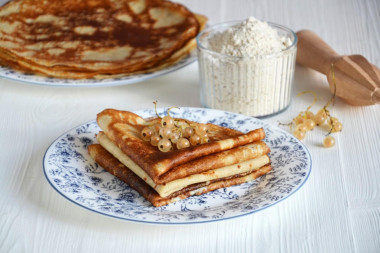
Stack the finished pancakes on top of each other. So they will be hot longer. If desired, you can smear pancakes with butter. So they will be fatter and juicier. Serve pancakes with condensed milk, sour cream or honey. I served it with cottage cheese filling.
I've baked this recipe 5 times already - my favorite recipe. But requires skill !
ATTENTION!!! Oat flour contains much less gluten than regular wheat flour. The dough from such flour turns out to be many times more tender, but at the same time more fluid, not so viscous, and the pancakes can tear when flipped to the other side.
What to do?
1. It is better to turn pancakes with a silicone wide spatula, it is soft and pliable.
2. If you tear the second pancake in a row and you turn it over with a silicone spatula, then you need to change the pan. A special thin-walled PANCAKE MAKER is NOT SUITABLE for these pancakes! They burn on it quickly. We need a high-quality frying pan with a thick bottom and non-stick coating. And preferably a small diameter, if you bake for the first time. Because it's easier to flip a small pancake than a large one and not tear it. Gradually, when you acquire the necessary skill, you will be able to bake on large pans.
3. If nothing helps and the pancakes are torn anyway: it is better not to turn them over with a spatula, but simply turn the pancake onto a flat plate with the fried side down, and then turn it sharply onto the pan directly from the plate.
4. Perhaps it's not even in the inventory, but in the test itself. I repeat that oat flour is not the same as wheat flour. And she behaves differently. Pancakes may break due to more liquid dough than necessary. So you need to add a little more flour (1-2 tbsp. l.).
It is not necessary to persistently, worthy of a better application, try to continue baking pancakes that are torn. You need to change something right in the process - either refine the dough, or replace the inventory, or pour a little more vegetable oil into the pan if they stick, etc.
Be prepared for the fact that flour may need more or less than indicated in the recipe. Focus not on the amount of flour, but on the desired consistency of the dough. To avoid mistakes, read about flour and its properties!
Caloric content of products possible in the composition of the dish
- Whole cow's milk - 68 kcal/100g
- Milk 3.5% fat content - 64 kcal/100g
- Milk 3.2% fat content - 60 kcal/100g
- Milk 1.5% fat content - 47 kcal/100g
- Concentrated milk 7.5% fat content - 140 kcal/100g
- Milk 2.5% fat content - 54 kcal/100g
- Chicken egg - 157 kcal/100g
- Egg white - 45 kcal/100g
- Egg powder - 542 kcal/100g
- Egg yolk - 352 kcal/100g
- Ostrich egg - 118 kcal/100g
- Cottage cheese of 40% fat content - 466 kcal/100g
- Cottage cheese of 20% fat content - 233 kcal/100g
- Cottage cheese of 18% fat content - 226 kcal/100g
- Cottage cheese of 10% fat content - 156 kcal/100g
- Low-fat cottage cheese - 75 kcal/100g
- Cottage cheese with sour cream - 260 kcal/100g
- Fruit cottage cheese - 147 kcal/100g
- Soft dietary cottage cheese - 170 kcal/100g
- Vitalinia cottage cheese - 64 kcal/100g
- Cottage cheese "morning" ( "danone") without sugar - 91 kcal/100g
- Cottage cheese - 156 kcal/100g
- Granulated sugar - 398 kcal/100g
- Sugar - 398 kcal/100g
- Vegetable oil - 873 kcal/100g
- Salt - 0 kcal/100g
- Vanilla sugar - 379 kcal/100g
- Oatmeal - 369 kcal/100g

